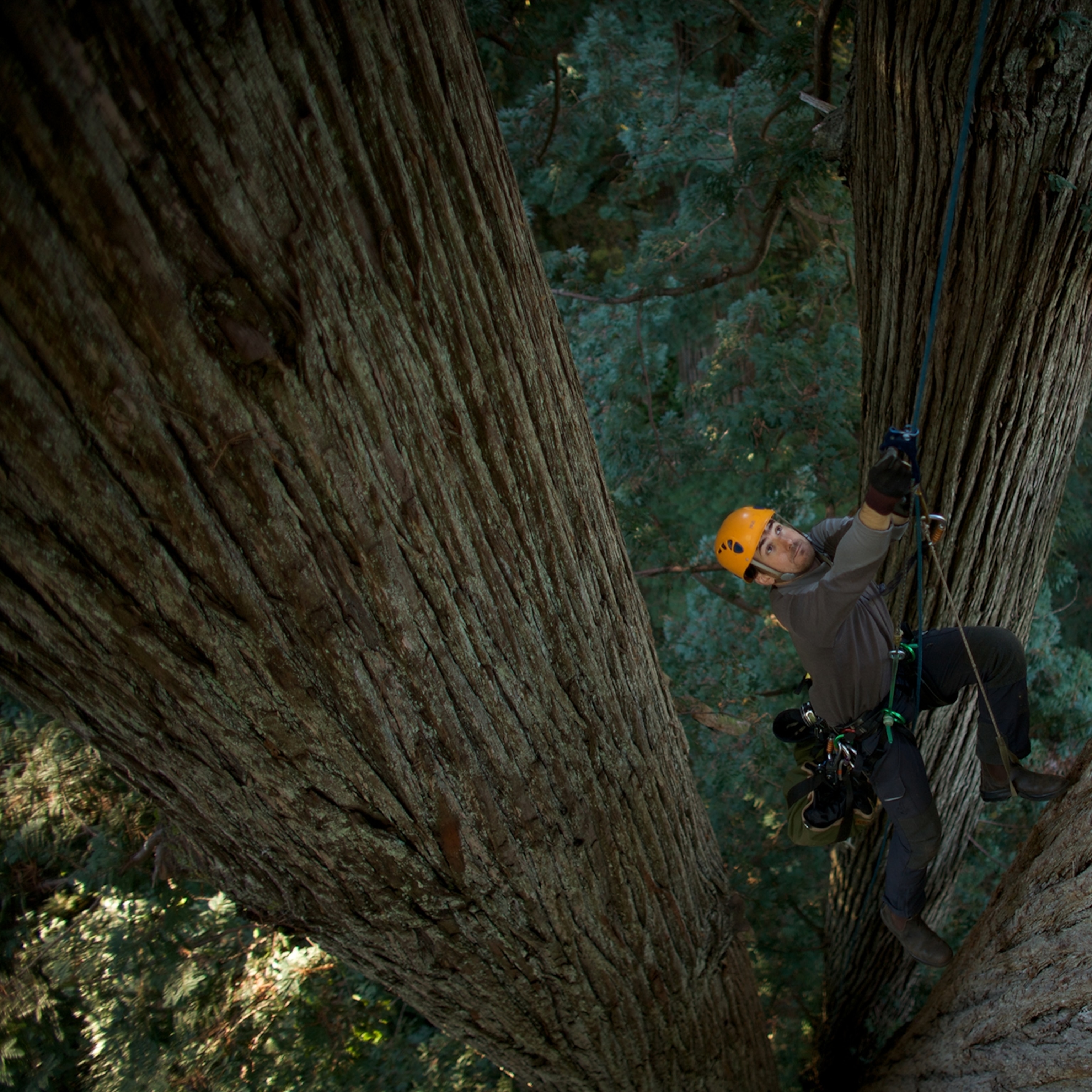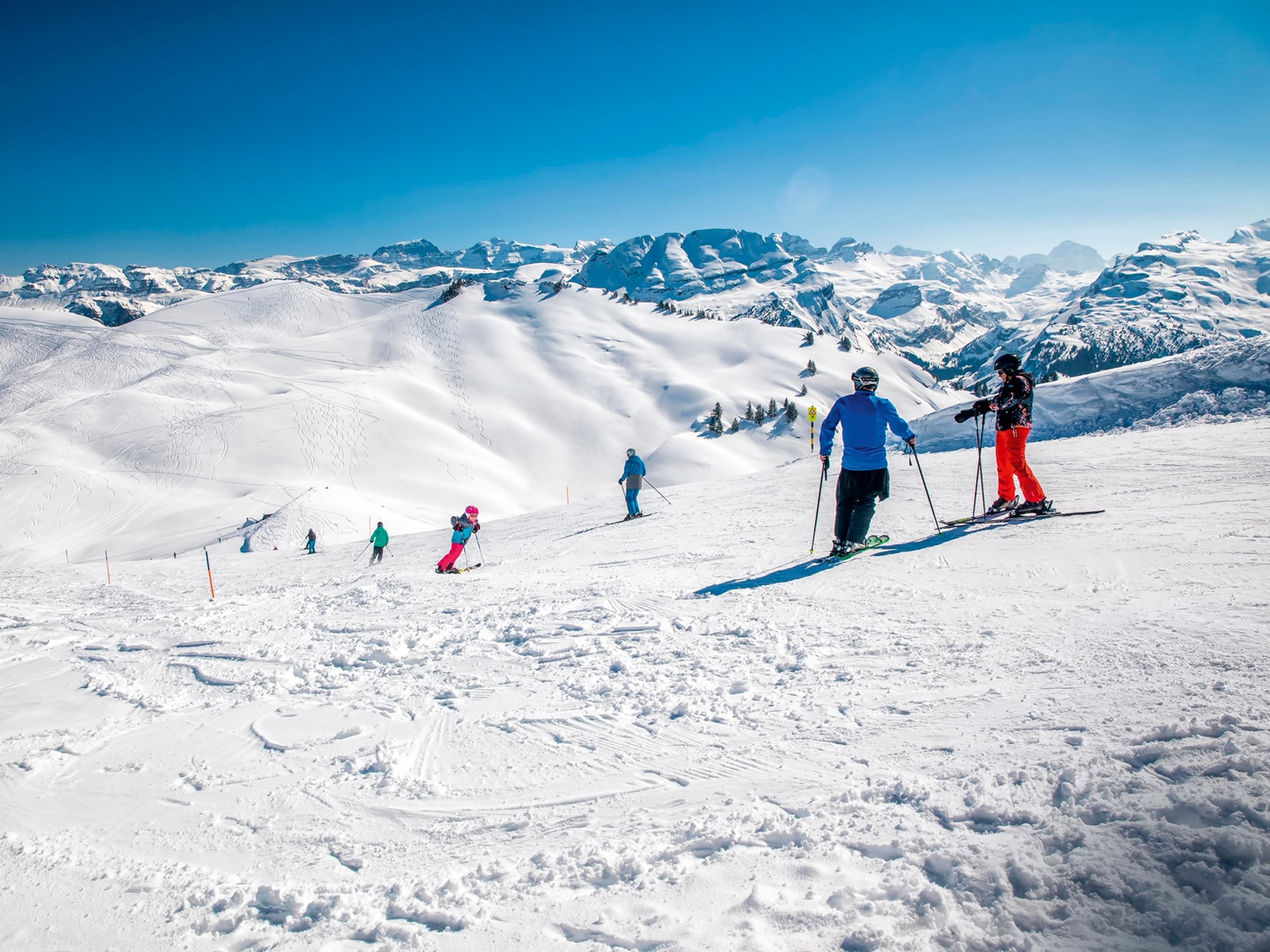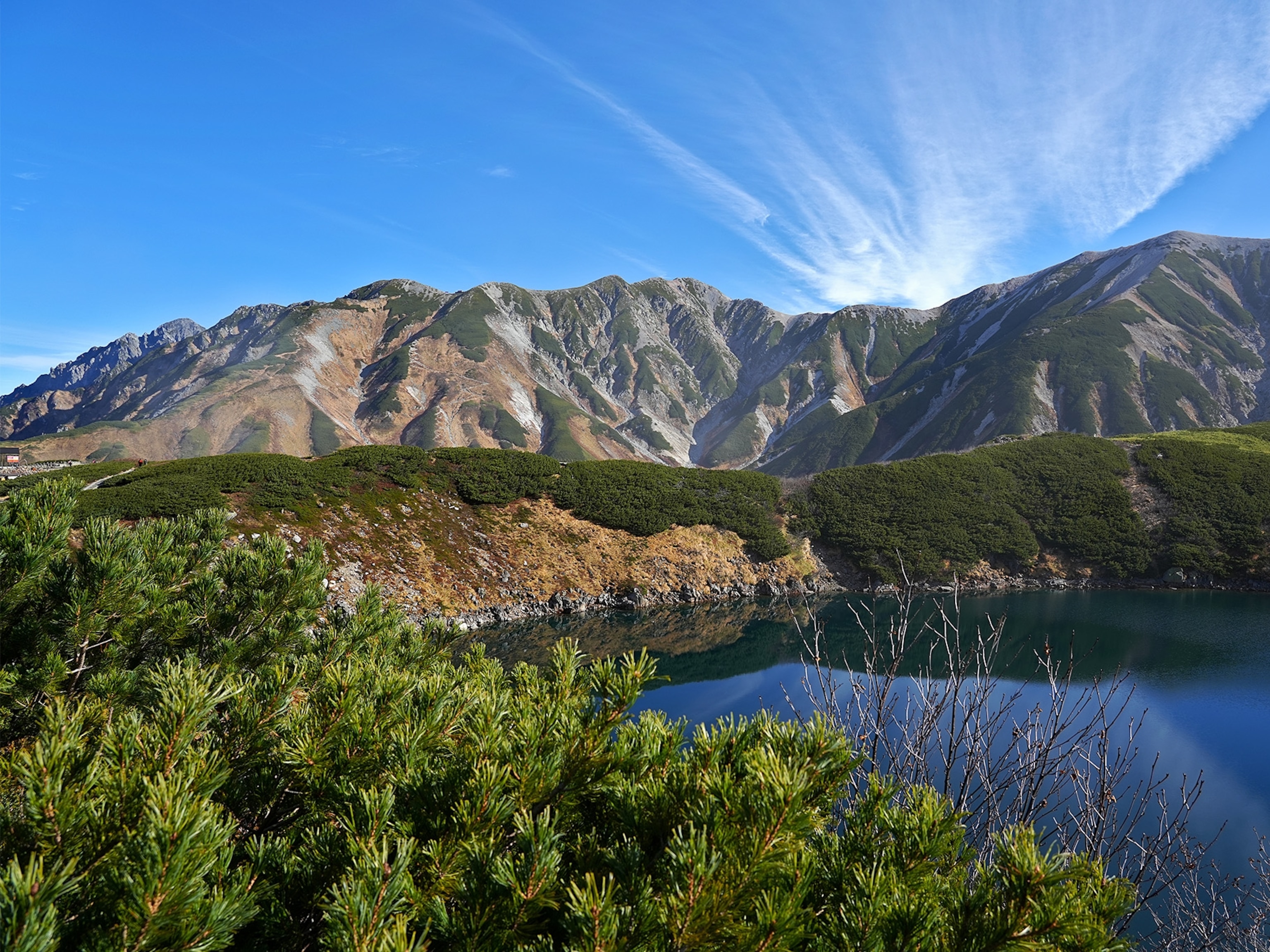
From Ski to Sea in Japan
Why limit yourself? Get the best of all worlds in Hokkaido and Okinawa.
Ever daydreamed about taking the perfect vacation—skiing one day and scuba diving the next? In Japan, that’s no dream. Outdoor enthusiasts love Hokkaido for its world-class skiing and hot springs and Okinawa for its teeming seas and dense jungles. Both regions offer plenty to do year-round, so there’s no bad time to visit.
HOKKAIDO
To get lost (metaphorically, that is) in Japan’s wilder side, head north to Hokkaido. The country’s northernmost (and second largest) main island offers plenty of outdoor options in both winter and summer.
GO SKIING
You can’t go to Hokkaido in the cooler months without visiting the slopes, some of the best in Japan. The powder is excellent, the views are amazing, and there’s always a hot spring waiting for an après ski soak.
Most of the big resorts are in the Sapporo area or near Asahikawa and offer typical amenities for skiers, snowboarders, and families. For less luxe and more wilderness, check out the backcountry ski areas of Daisetsuzan National Park.
BATHE IN HOT SPRINGS
After a day of skiing or snowboarding—or just a day spent napping by the fire—slide into one of the area’s many world-famous open-air onsen, or hot springs. In addition to the soothing, restorative nature of all onsen, many of these natural whirlpools offer breathtaking views. Some onsen are connected with a ryokan, or inn, and some are public facilities. The etiquette is the same no matter the locale: rinse off before entering, strip off your suit (men and women bathe separately), and keep your hair out of the water. Then sit back and relax.
WATCH CRANES DANCE
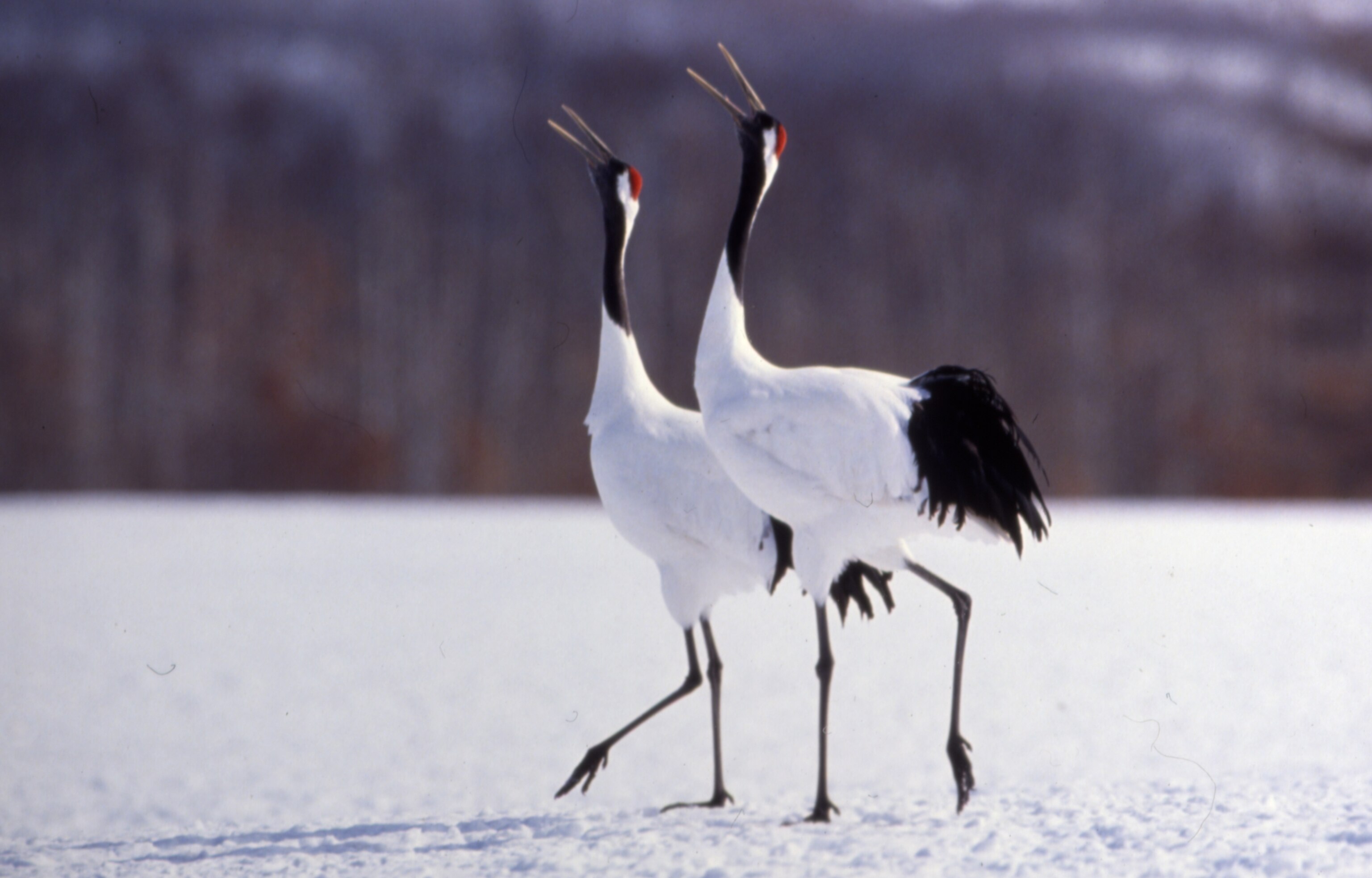
In a country of beauty at every turn, the sight of endangered Japanese cranes on a field of white snow just might be the most beautiful of all. Normally migratory, a population of these birds (also known as red-crowned cranes) has set up permanent camp at the protected Kushiro marsh in eastern Hokkaido. During the winter, the birds “dance” in intricate courtship displays, to the oohs and aahs of visitors.
GO HIKING
During its brief, glorious summer, Hokkaido transforms into a hiker’s dream destination. Six national parks, including Japan’s largest (Daisetsuzan), mean there are countless ways to take a walk on the wild side. Shiretoko National Park, so remote that stretches can be reached only by boat, is home to a thriving brown bear population. Akan-Mashu National Park is known for its scenic lakes, some of the clearest in the world. And Shikotsu-Toya National Park has Mount Tarumae, an active volcano whose crater rim offers sweeping views.
SEE ICE DRIFT
In the winter, bundle up and head to Abashiri to see a dramatic sight: ice drifting down the Sea of Okhotsk from Siberia. Hokkaido is the southernmost place to see the drift ice, which usually reaches the island in mid-January. The ice is sometimes (but not always) visible from the shore. To experience the full effect, take an ice cruise out into the path of the drifting ice.
REVEL IN LAVENDER
In late June or early July, the lavender fields near Furano burst into bloom and an aromatic carpet of delicate purple covers the rolling hills. Lavender has been grown here for decades, and the colorful spectacle draws crowds. Several farms are open to the public; some have places to eat and shop.
OKINAWA
Once you’ve explored the northernmost reaches of Japan, head to the southernmost for a completely different outdoors experience. The action here is all about the water. And with temperatures nearing (or passing) 70ºF even in winter, you can enjoy it all year long.
HIT THE BEACH
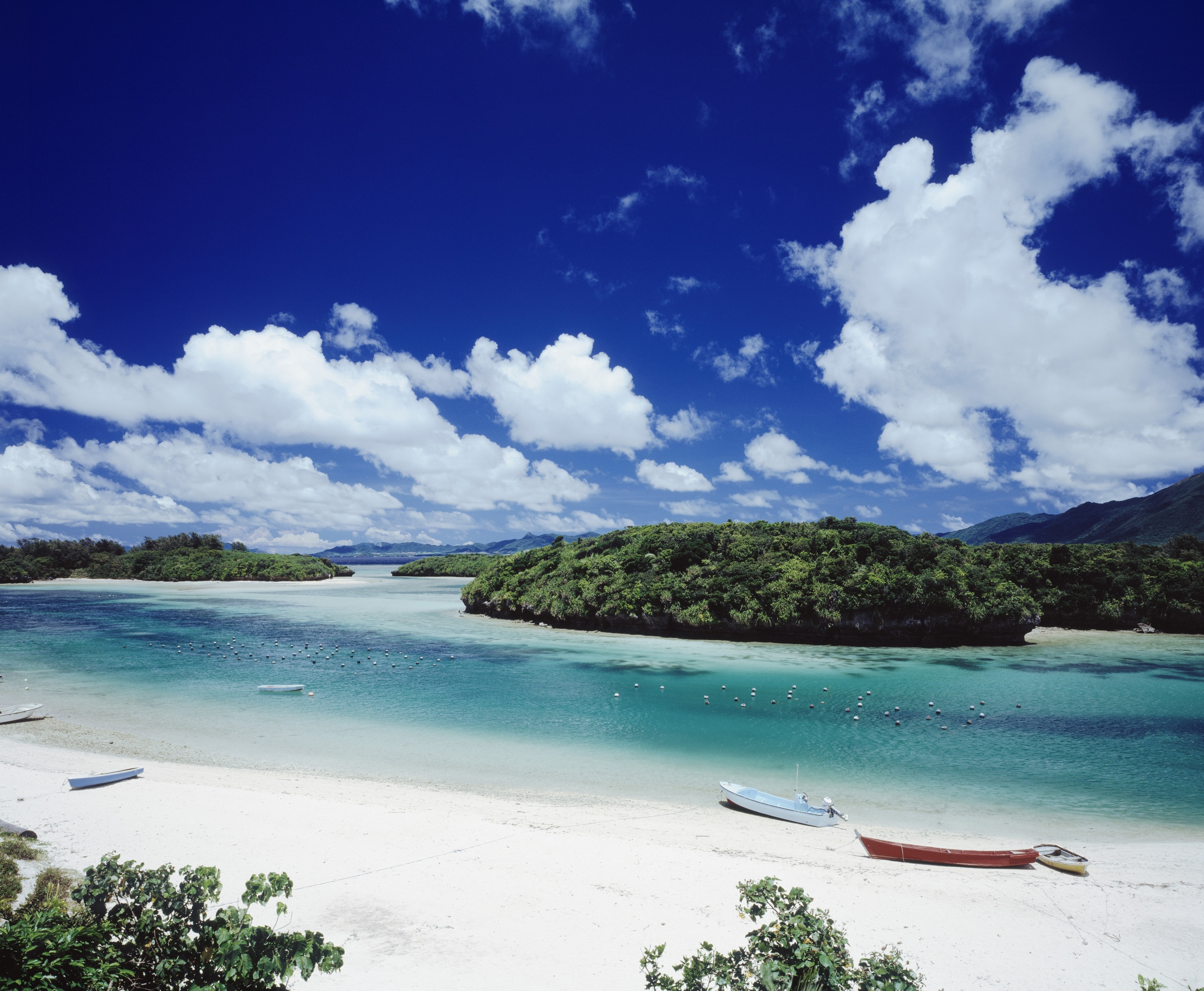
You can swim, snorkel, or just sunbathe to your heart’s delight at any number of Okinawan beaches. Kume Island has several stunning beaches, including secluded Ara Beach and Hatenohama Beach, a sandbar that’s only reachable by tour boat. Ishigaki Island’s coral Yonehara Beach offers great snorkeling.
GO DIVING
- National Geographic Expeditions
The subtropical waters of Okinawa offer some of the best scuba diving on Earth. On the main island, check out the Sunabe Seawall for a riot of colorful reef fish or the more crowded Maeda Point for a thriving reef and underwater caves. Dive charters head out daily to the Kerama Islands, where clear water is home to sea turtles, sharks, rays, eels, and other sealife. And Miyako Island is the launching off point for Yabiji, the largest cluster of coral reefs in Japan.
FLOAT DOWN A RIVER
For a different type of water adventure, head to Iriomote, part of the Yaeyama Islands. This largely undeveloped island is covered in dense jungle and mangrove swamps. For a close-up look, take a jungle cruise down one of two rivers that come in from the sea. Or, if you want to stretch your muscles, join a kayak tour.
GO WHALE WATCHING
Winter brings more than one type of crowd to Okinawa’s mild climate. From January to March, hordes of humpback whales arrive at the waters of the Kerama Islands to breed, creating incredible opportunities to see these giants up close. Several whale-watching organizations offer boat tours.
TAKE A HIKE
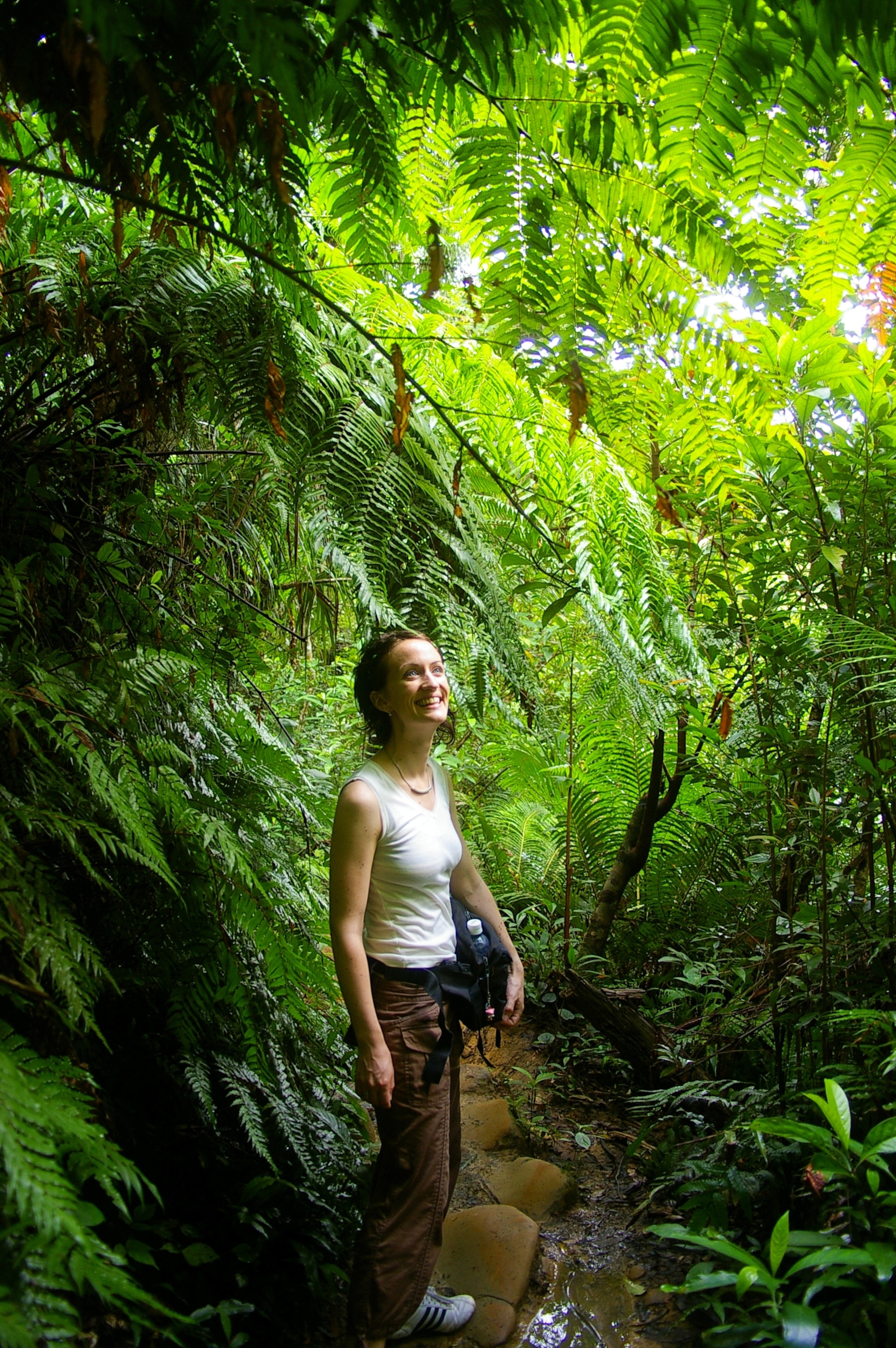
Stretch your legs with a long walk in some of the most beautiful spots in Japan. Cape Higashi-Henna-Zaki on Miyako Island is a nationally designated Place of Scenic Beauty, with great sea views and an Instagram-worthy lighthouse at its tip. On Ishigaki Island, densely forested Mount Omoto is the highest point in Okinawa and well worth the hike. Iriomote Island offers the stunning view of Pinaisaara waterfall, which drops 180 feet. It’s best reached by a combination of hiking and kayaking.
